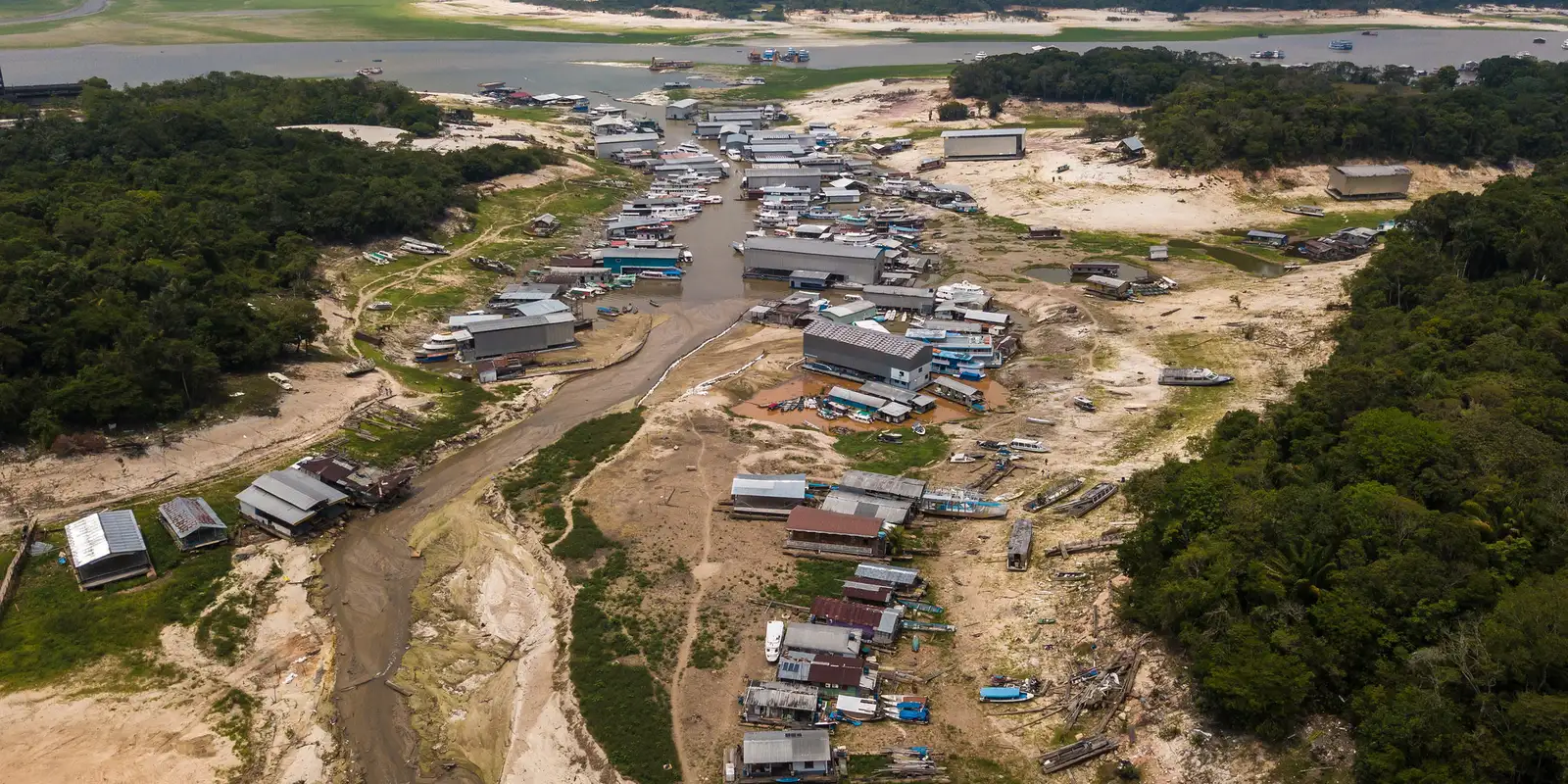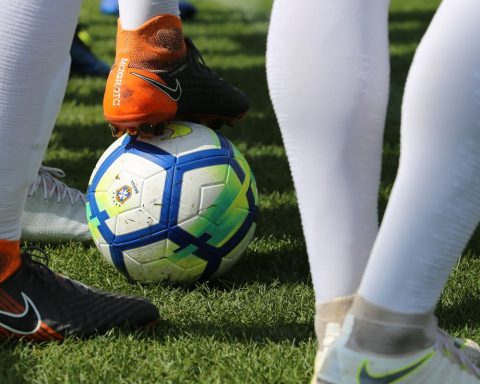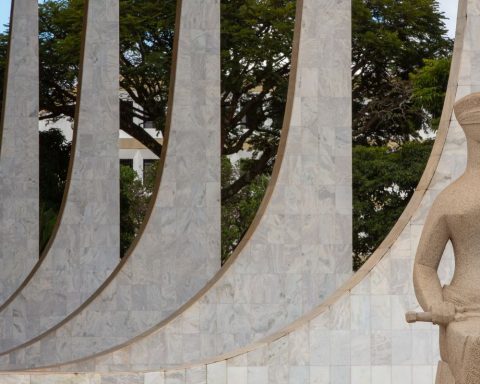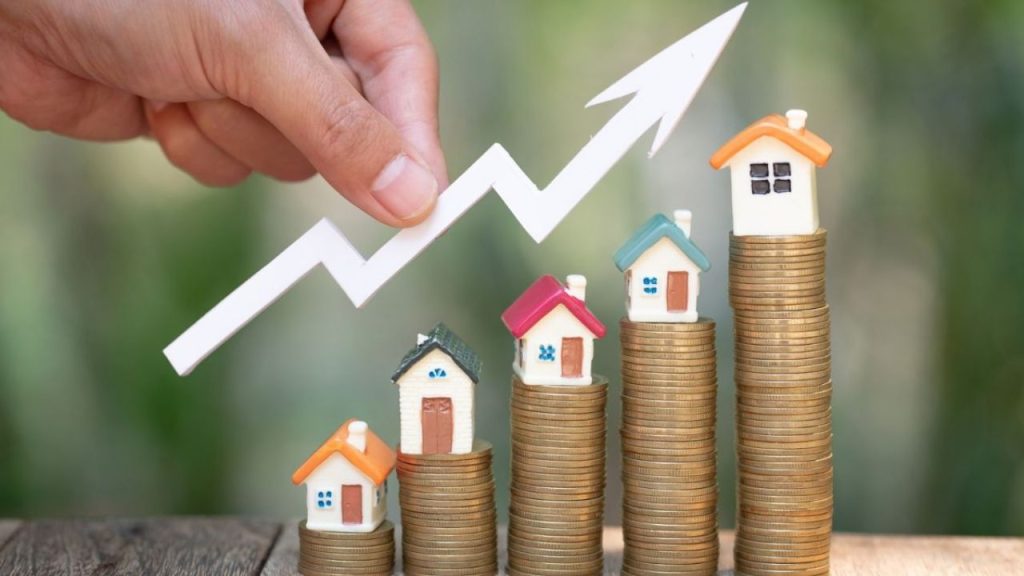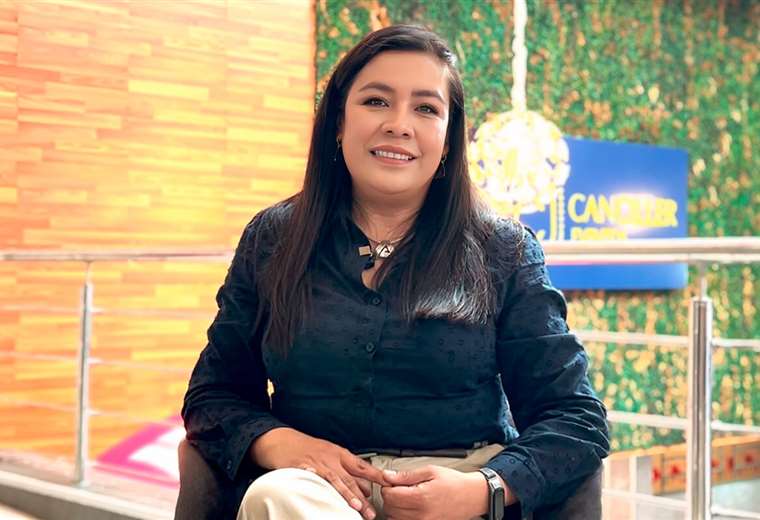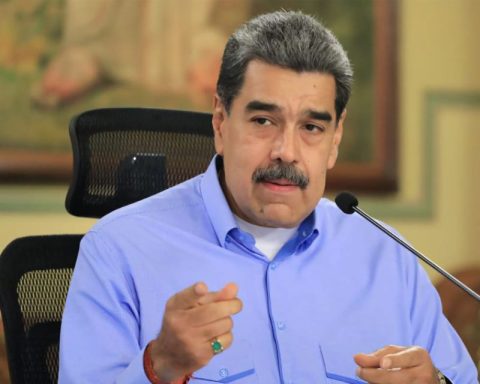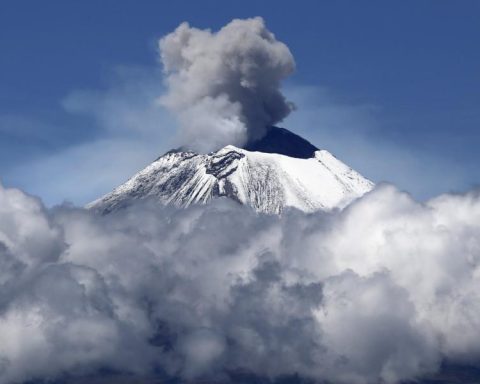In the last 60 years, warming in some Brazilian regions has been greater than the global average, reaching up to 3º Celsius in the average daily maximum temperatures in some regions, points out the report Climate Change in Brazil – updated synthesis and perspectives for strategic decisions. According to the study, since the beginning of the 1990s, the number of days with heat waves in Brazil rose from seven to 52, until the beginning of the current decade.
“Extreme events, such as severe droughts and heat waves, will be more frequent, with unprecedented climate events likely to occur,” highlights the report.
The study, which will be officially launched in Brasília, this Wednesday (6), is an excerpt for Brazil from the latest report by the Intergovernmental Panel on Climate Change (IPCC) and other current scientific studies, the result of an effort that brought together the Ministry of Science, Technology and Information with the social organizations of Rede Clima, WWF-Brazil and the Alana Institute.
Projection
Based on projections for the next 30 years, presented in an unprecedented way by the IPCC, with the aim of guiding adaptation actions, the researchers also concluded that if the 2ºC limit is reached, by 2050 critical thresholds for human health and agriculture will be overtaken more frequently.
In this scenario, the population affected by floods in Brazil will increase by between 100 and 200%. Vector-borne diseases such as dengue fever and malaria will also cause more deaths.
The Amazon, for example, will lose 50% of its forest cover through a combination of deforestation, drier conditions and increased fires. The flow of rivers will be reduced and the drought would most affect the states of Amazonas, Acre, Rondônia and Roraima. The rain cycle in Brazil and South America will also be affected.
Fishing stocks will be reduced by 77%, with a reduction of 30% to 50% in jobs in the sector. The estimated impact on revenue in relation to Gross Domestic Product is 30%.
The Northeast, where almost 55 million people currently live, according to preliminary data from the 2022 Census, could see 94% of its territory transformed into desert.
People living in large Brazilian cities, such as São Paulo, Rio de Janeiro and Belo Horizonte, will be exposed to water shortages. The estimate is that in the scenario of plus 2ºC, in 2050, 21.5 million people in urban areas will be affected by the break in the water cycle and the impact on crops.
Measurements
In their conclusions, the researchers consider it necessary to maintain the 1.5ºC limit on the average increase in global temperature and not allow greenhouse gas emissions to continue to grow, and to achieve this it is necessary to review the ambitions of national policies. “Brazilian targets have not corresponded to the size of the reduction in emissions that the country is responsible for” highlights the report.
Among the immediate adjustments highlighted by the study are: zeroing deforestation in all biomes, investing in payment programs for environmental services to encourage conservation, migrating to low-carbon agriculture through agroforestry systems and integration between crops, livestock and forest.
The integrated management of water resources and the adoption of agricultural systems resilient to climate change are highlighted by scientists as solutions to guarantee water and food security.
Nature-based solutions are necessary measures to adapt cities to climate change, with an increase in green areas that make urban regions more permeable with natural drainage. The report also highlights the need for investments in low-carbon public transport, as an incentive to use public and non-motorized transport.
The study also highlights the importance of international cooperation in climate finance, development and transfer of clean technologies, in addition to collective reinforcement to reduce greenhouse gas emissions.
